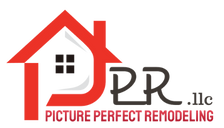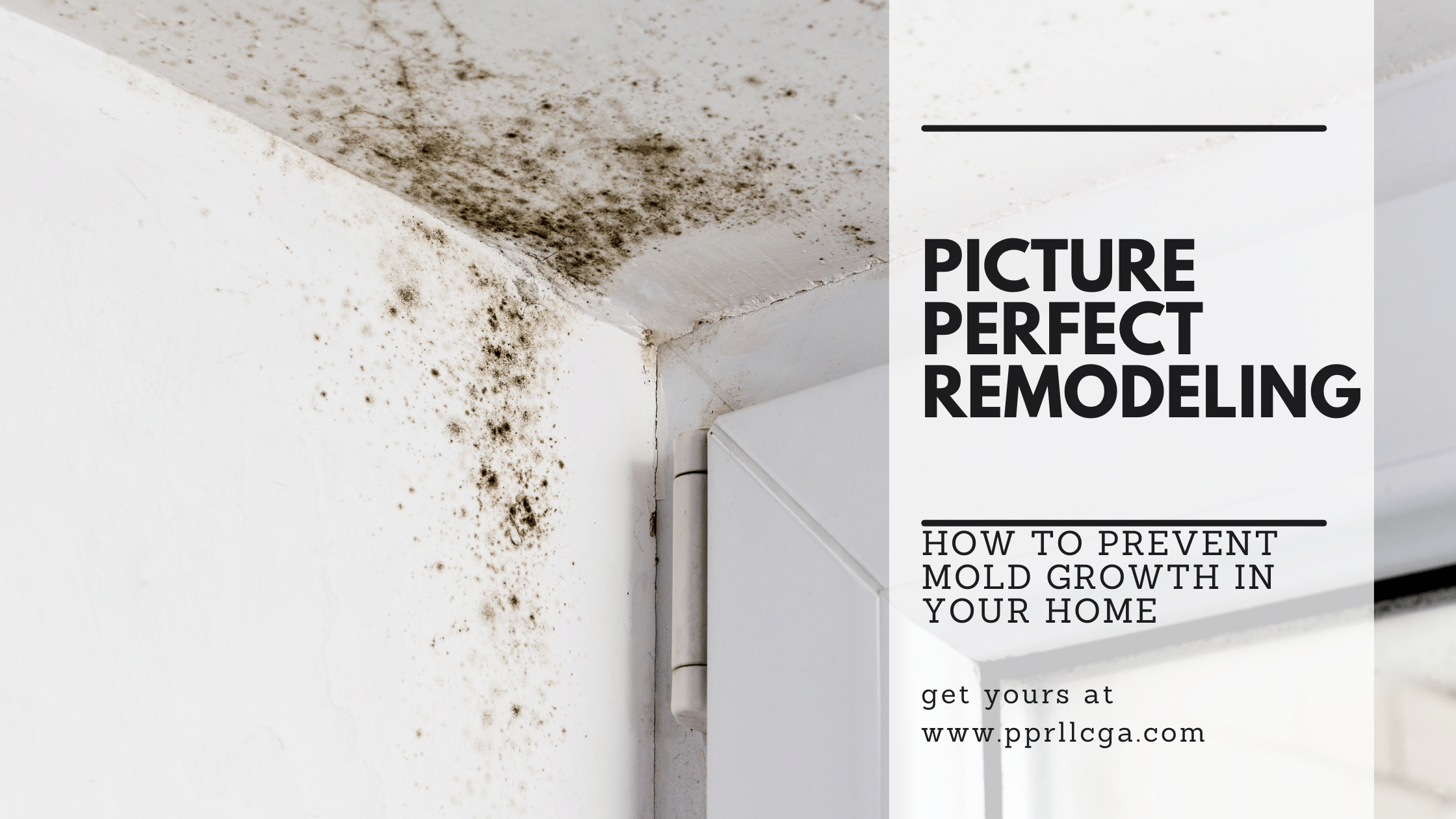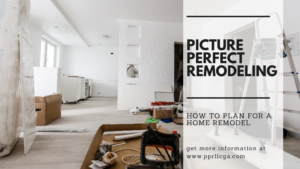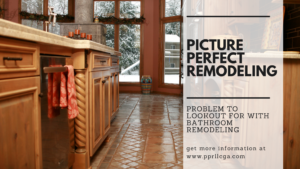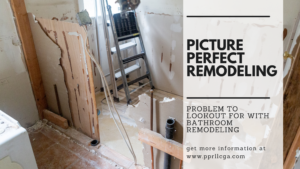Mold remediation is the process of removing all mold from a building. If you have water damage in your home, you might need to hire a professional for some mold remediation. The process includes inspecting the property, preparing it for treatment by use of air movers and desiccants, scrubbing down all surfaces with an antimicrobial cleaner, and finally applying sealant after construction is completed.
A mold problem can be dangerous for your health and everyone living in the house. To prevent growth, make sure you maintain good air quality in your home.
What Is Mold Remediation?
Mold remediation is the process of removing all mold problems and mold spores from a building, whether it’s structural or non-structural. This process has three steps: inspecting the property, preparing it for treatment by use of air movers and desiccants, scrubbing down all surfaces with an antimicrobial cleaner. For mold remediation to be successful it also requires using a sealant after construction is completed.
What Should I Expect During Mold Remediation?
During the inspection, a mold inspector will look for visible signs of mold growth. They use tools like moisture meters and thermal imaging cameras to detect the source of the water damage that led to the mold infestation. A thorough inspection can help you determine if there is a need for more extensive mold remediation.
The mold inspector then prepares your home for the next steps of the process, which involves using air movers and desiccants to dry out wet materials and kill all traces of mold growth. An antimicrobial cleaner is used on nonporous surfaces like ceramic tile, glass, metal, plastic laminates. Then, a sealant is applied so mold doesn’t come back.
Signs Of Mold In Your Home
In order to know what to look for, first identify whether you have a water leak. This can happen if your home has flooded, a pipe burst, or a roof leak. If you have a water leak or other wet areas where there’s been growth in the past, you’ll need to clean it up. This reduces the humidity levels and prevents future mold growth.
If you’re not sure if you have a water leak, these are some other signs that it might be building up in your home:
-Musty odors that seem to stick around
-A sudden increase in allergy symptoms including sneezing and itchy eyes
-Damaged household items like drywall and carpeting
-Mold growing on household items like your shower curtain, baseboards, and vanity
-A strong smell coming from drains or toilets
-Constant condensation on windows
-Mildew or dark spots on walls and ceiling tiles
What Type Of Damage Can Mold Cause?
You may not be able to see or smell mold, but it can still cause damage and produce allergens. Some of the effects of having large amounts of mold in your home include:
-Itchy throats and sneezing attacks for people who are sensitive to mold
-Sick building syndrome, which impacts people who are allergic to mold
-Respiratory problems like asthma
-A decrease in your energy level and mood over time
If you’re not sure if the damage is from mold or water, schedule an inspection with a professional. They can help figure out what needs to be done, from small repairs to complete mold remediation.
How To Prevent Growth In Your Home
Mold prevention may seem like a difficult task however it is easy to keep under control as long as it is being monitored. Mold is a fungus that grows in damp and humid environments. It can grow indoors on insulation, window sills, and on carpeting. If you have water damage in your home, you might need to hire a professional for some mold remediation. Mold can grow anywhere, there are even types of mold that thrive on drywall. With the right humidity levels, water leaks, or flooding, you might have an indoor mold problem at home. The first step to preventing a mold issue is by controlling the humidity level in your HVAC system drip pan and drain lines. If these areas are exposed to too much moisture, mold can grow and spread into your home and cause extreme health problems.
Equip your home with mold-resistant products
Mold-resistant drywalls are made of gypsum plaster core between paper sheets. Traditionally exposed drywall is more vulnerable to mold than non-paper types. Water-resistance Drywall is especially recommended for areas prone to dampness such as bathrooms laundry rooms basements and kitchens. The use of Mold resistant sheetrock and mold inhibitors for paint can prevent mold growth in new homes or in outdated homes.
How Do I Get Rid Of Mold?
If you’ve spotted mold or mold spores in your home that hasn’t been there before, the first step is to clean up. You can kill mold by scrubbing it with an antimicrobial cleaner, but you need to ensure that all porous materials are dried out and pen windows to allow for fresh air to enter the home. This means that if there is any standing water, mold will likely return unless the water gets removed.
You want to be sure that no mold spores remain after cleaning up because they can lead to ongoing mold problems in your home. Encase all porous materials in a sealant to prevent future mold growth.
Talk to your professional if you’re trying to clean up mold on your own instead of hiring someone for inspection, cleanup, or remediation. You will need proper protection including an N-95 respirator mask and protective gloves during the process.
In this article, you’ve learned about the signs of mold and mold spores in your home before it becomes a problem and how to prevent it from happening. Mold can grow anywhere if there is high humidity in the air or water leaks. Just some of the few health effects can include musty odors in your home and symptoms that suggest allergies can be evidence that mold is growing in your home. Make sure to contact us ASAP so we can get started with removing all traces of mold from your property! As always, please feel free to contact us with any questions or concerns and we’ll be sure to have your home free of mold.
